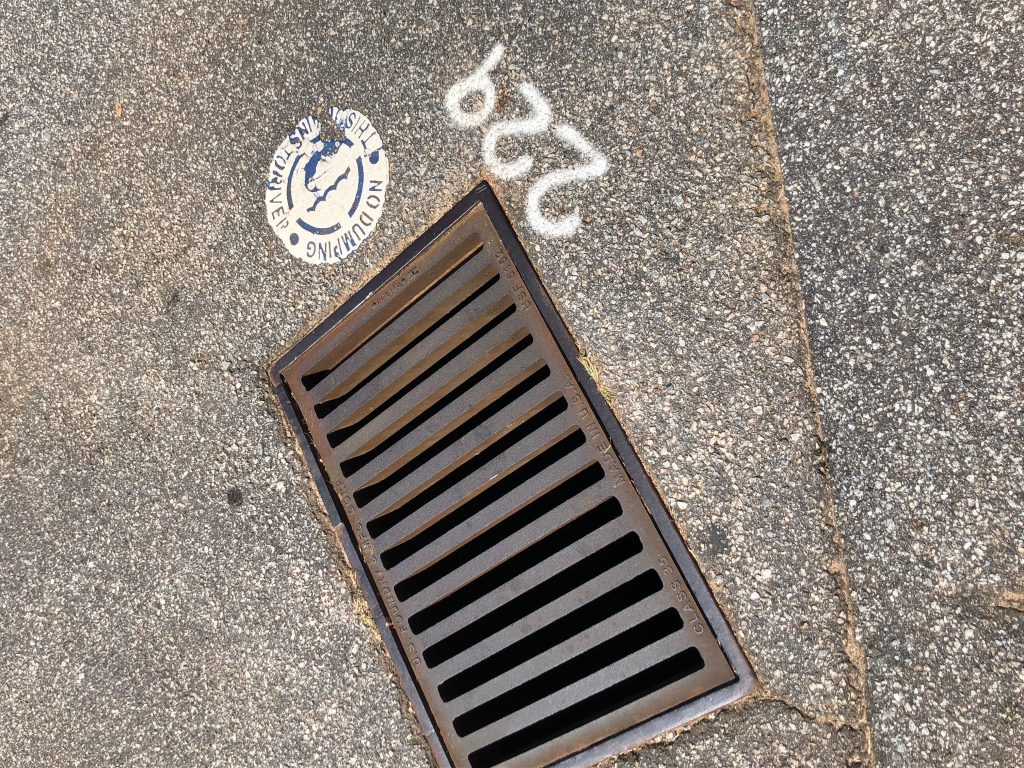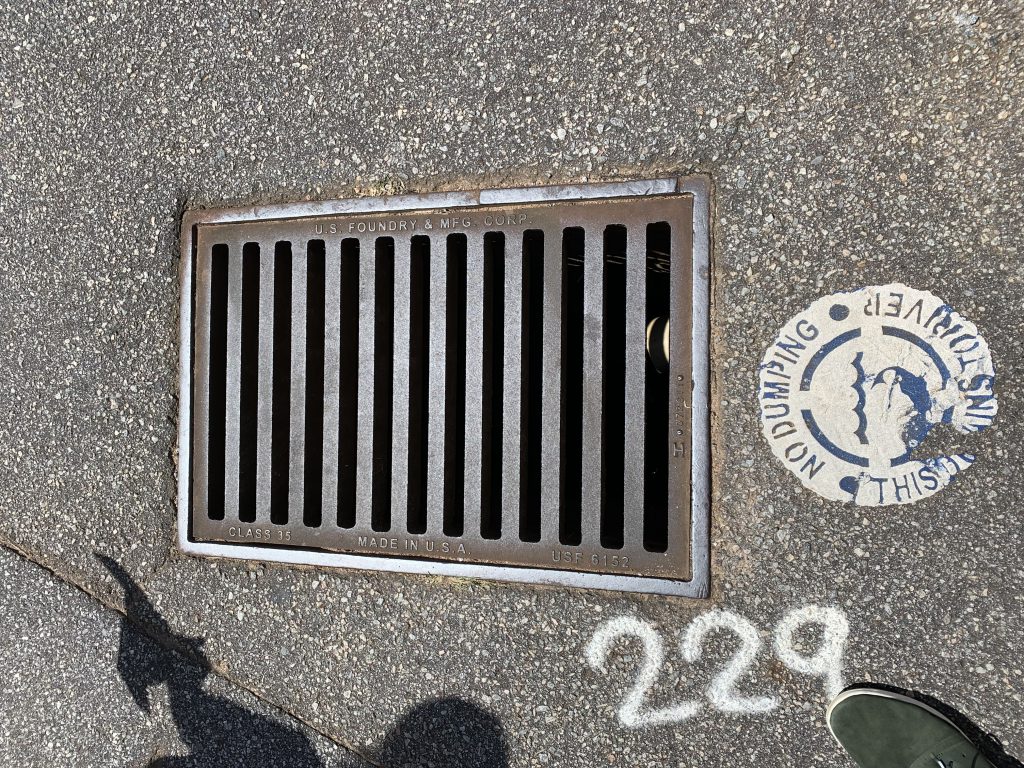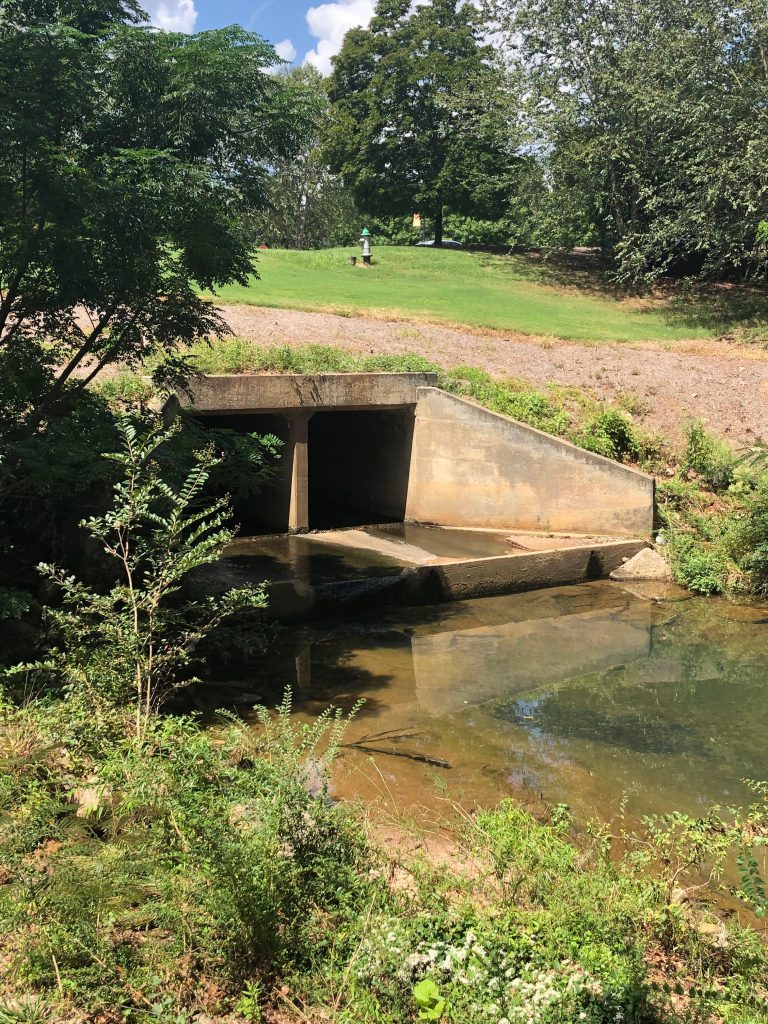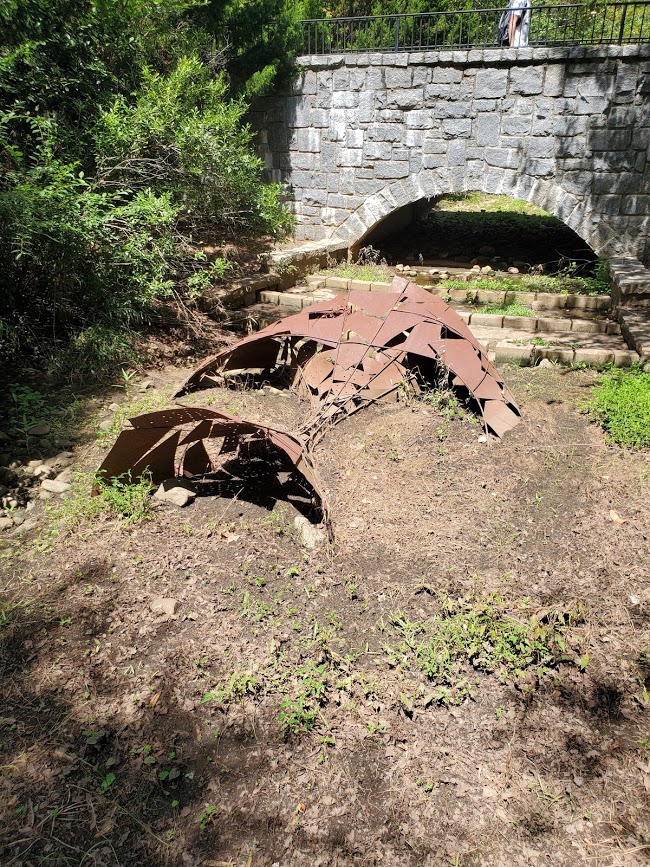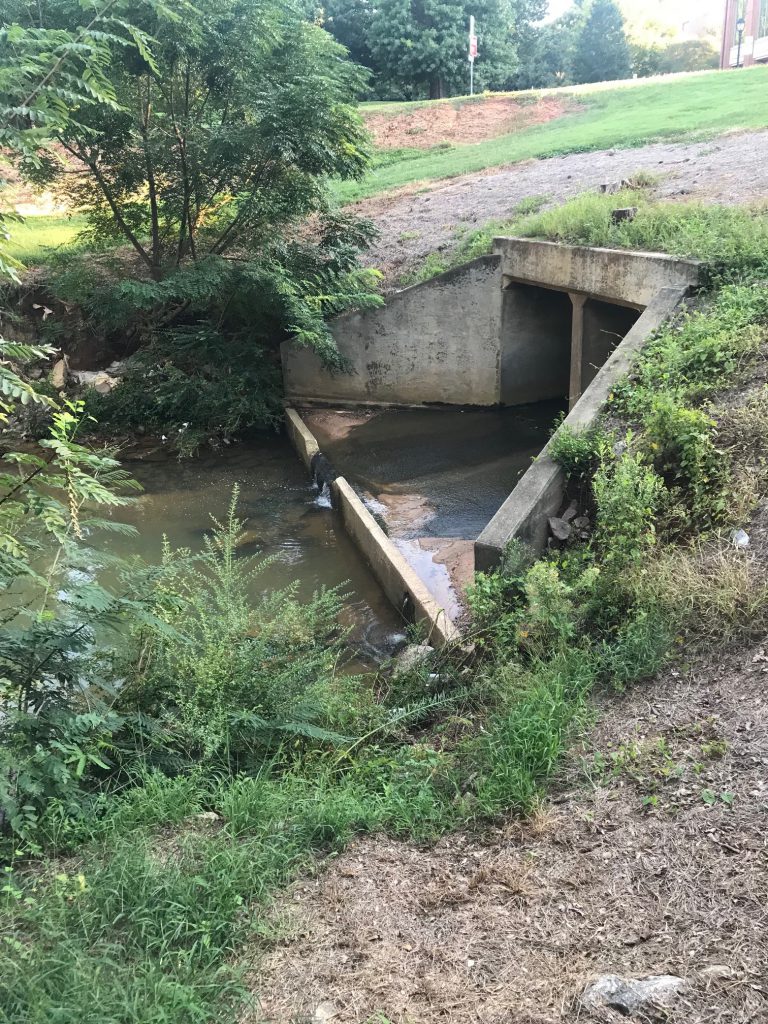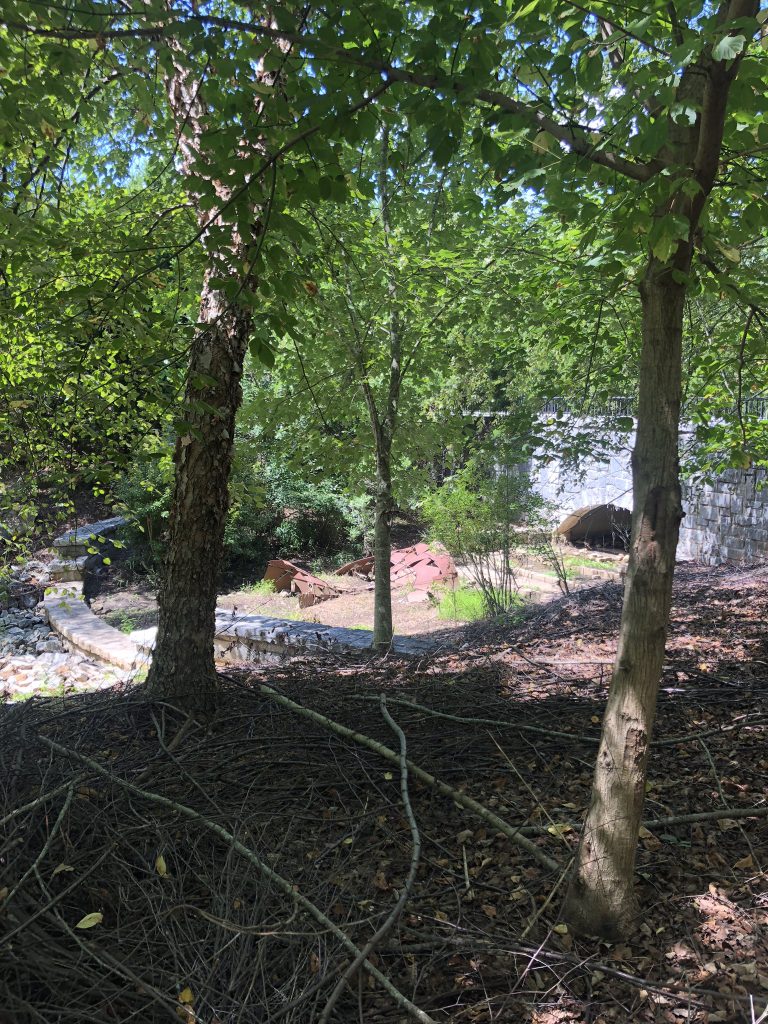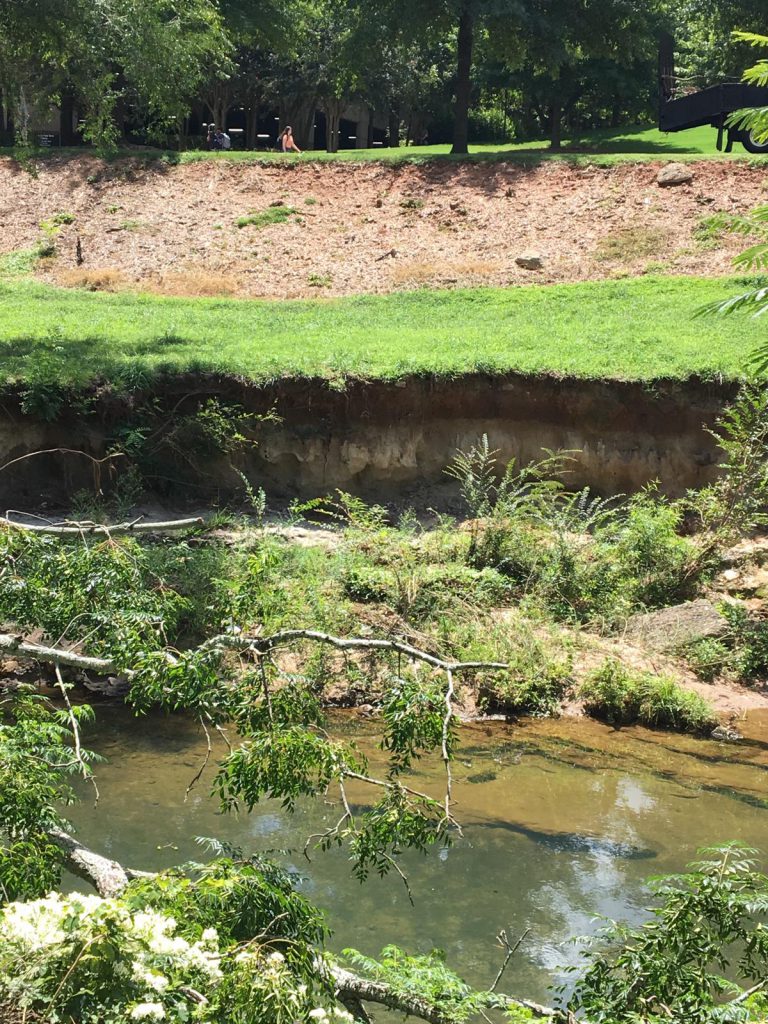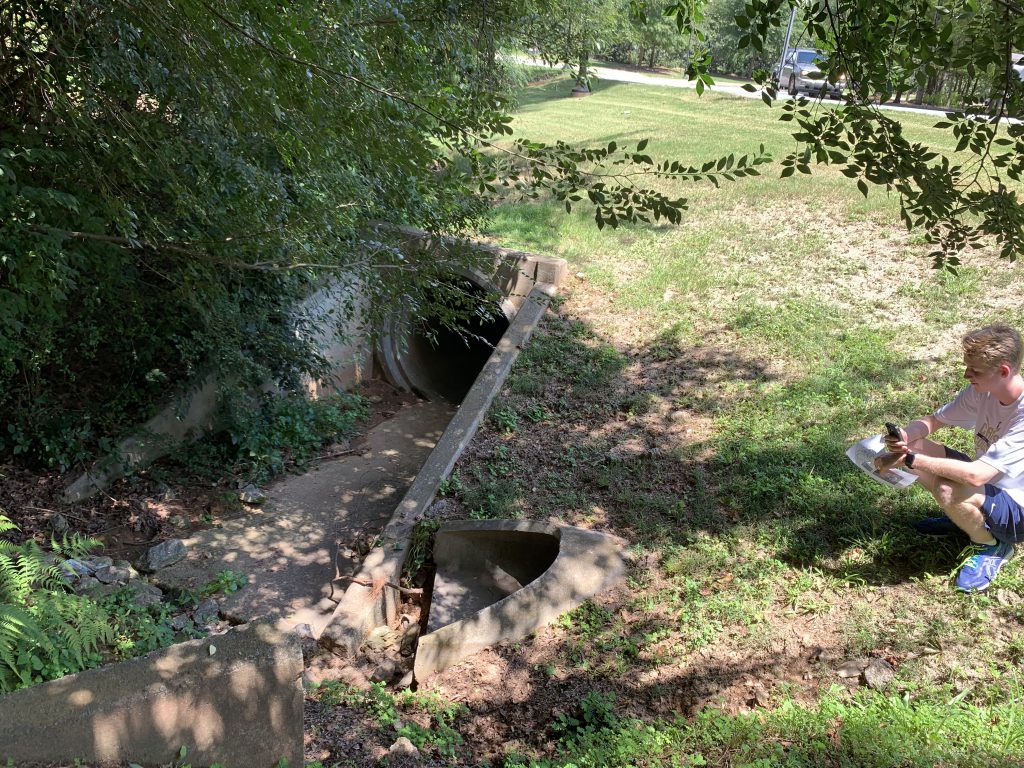- Lauren Rose Wilkes Rivers Alive Service Outreach

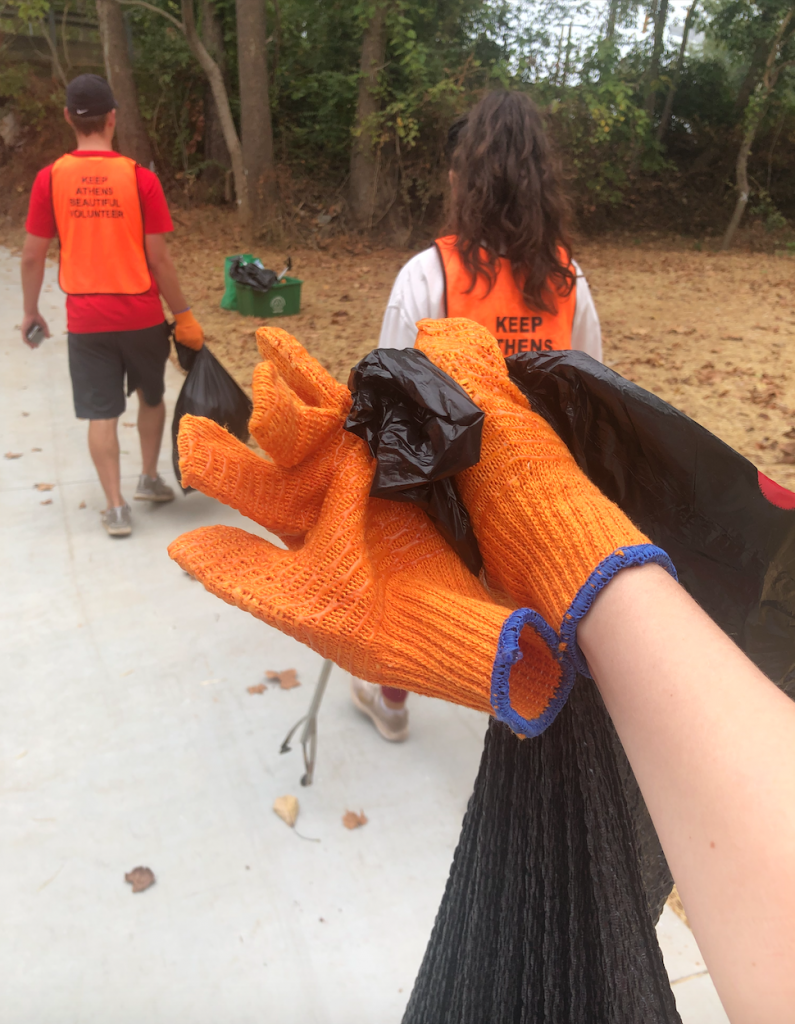
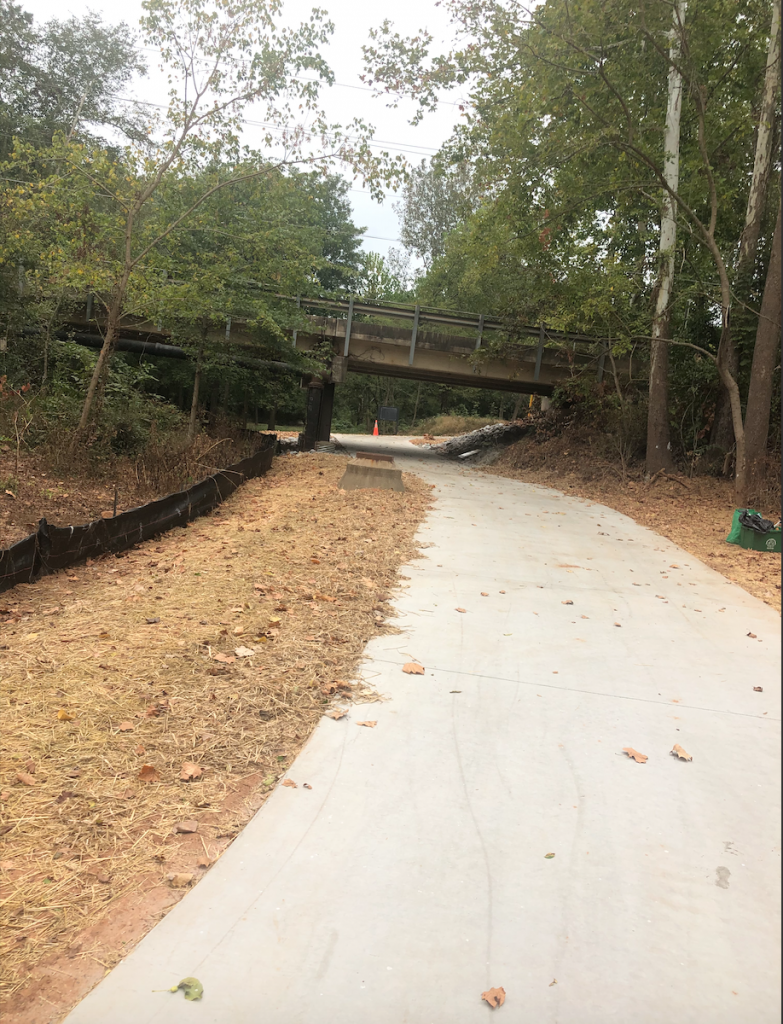
- At Rivers Alive, I spent three hours going to a local watershed and picking up trash around the area. We were given gloves, trash bags, and grabbers to clean up the MLK greenway. At the entire event, I would guess there were around 100 people, and there were probably 20 people at my specific location. I expected there would be a significant number of people there, and I expected there would be a little bit of trash around to pick up.
- My expectations were both exceeded and not met. Overall, the experience was pretty harrowing. I was pleasantly surprised by how many people were there. I was expecting only around 25, but there were at least a hundred people there to pick up trash. This was definitely encouraging to see that so many people cared about the environment. I was especially excited that so many people cared enough to come volunteer on a Saturday. I was not pleasantly surprised by how much trash there was around. Especially because it was a relatively empty greenway, I was astounded by how much trash was there. I even found a water bottle full of pee that someone had left by the side of the highway. I could not believe people would so willingly litter by this waterway. There was trash both by the highway and lower into the waterway. This angered me as well because it seemed that people really had no regard for the nature around them and littered without even thinking about it.
- This experience was very informative. Although I have volunteered for similar experiences in the past, volunteering after learning specifically about waterways really contextualized the problem. This pollution affects not only the immediate surroundings, but it can also have significant impacts later on down the line in other ecosystems connected to this waterway. Learning about this in class made the problem seem that much more serious and therefore made the service seem that much more important. From this experience, I learned a little bit more about what skills it will require to organize and participate in one of these service trips in the future. I lacked the knowledge on exactly what to pick up as well as the logistics on what exactly was important to watch out for and pay attention to. What I learned from this only proved how important it is to pay attention to littering, especially around greenways. Seeing how much trash there was only re-emphasized my previous ideas.
- Because of this experience, I will try to actively participate in more service activities like this. I will also try to advocate for less littering overall. I will also monitor my habits and try to influence those around me to ensure that they know the harm that comes from littering. These just showed me how much people do not take littering seriously. The diversity of trash I found in that waterway proved that it is all types of people contributing to this pollution, and thus cannot be solved simply by holding industries accountable, but only by holding everyone accountable. In the future, I will use what I learned from this experience to participate in more rivers alive projects. In addition, I will attempt to spread the message about this issue. I can also apply this to other classes like my FYOS, which focuses on watersheds in Georgia.

